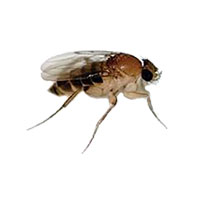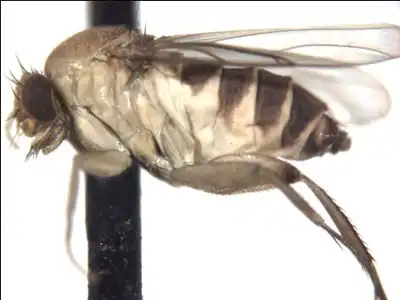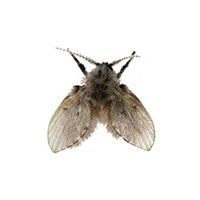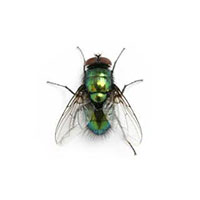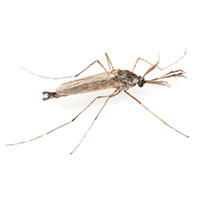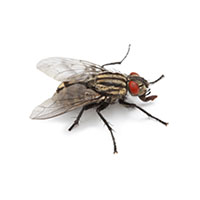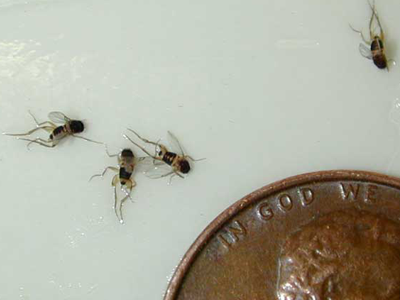
Phorid Fly Diet
Feeds on decaying plant and animal matter, including sewage and household organic waste.
Phorid Fly Habitat
Outdoors, and are typically associated with dead animals and heavily decaying vegetation. Indoors, they may be found breeding in drains, trash containers, dumpsters, rotting produce, recycle bins, grease traps, garbage disposals, crawlspaces, and any site where moist organic matter can accumulate for a few days or longer. Phorid flies are common in homes and commercial facilities where food is prepared and served, but they are also a key pest in food warehouses and hospitals.
Phorid Fly Life Cycle
Phorid flies are capable of breeding in more types of materials than any other structure-infesting flies. The reproductive potential of these flies is tremendous and very large numbers of them may appear in a short time. Eggs usually are laid at the edge of the substrate, and females lay eggs for about 30 days. The total number of eggs laid is about 600, but it can be as many as 1000. Hatching occurs in about 24 hours and larval development is completed in about three days. The total development time is 13 days.
Phorid Fly Health Concerns
Because these flies frequent unsanitary conditions, they are a health concern when they occur in food facilities and hospitals.
Phorid Fly Control
The key to controlling phorid fly infestations is to locate and eliminate the breeding source. Although there are several sprays and traps used to kill flies, infestations in homes, restaurants, or other structures cannot be eliminated without removing the breeding source. If a drain that is a breeding ground is located, a pest control professional should use a foaming drain cleaner to destroy the film in which the eggs are laid and larvae are developing.
Need help with Phorid Flies?
We'll call you! Leave your information below.

